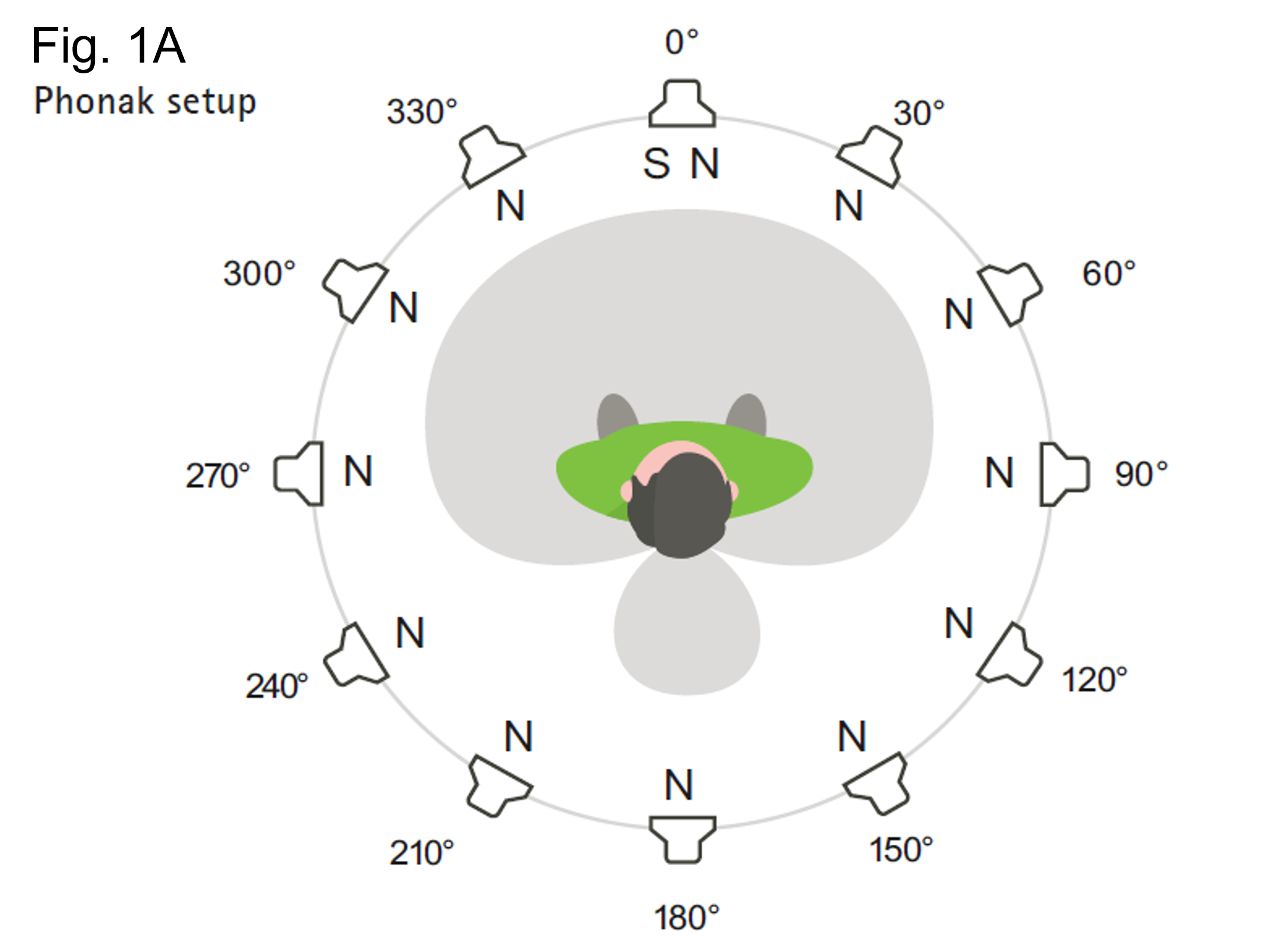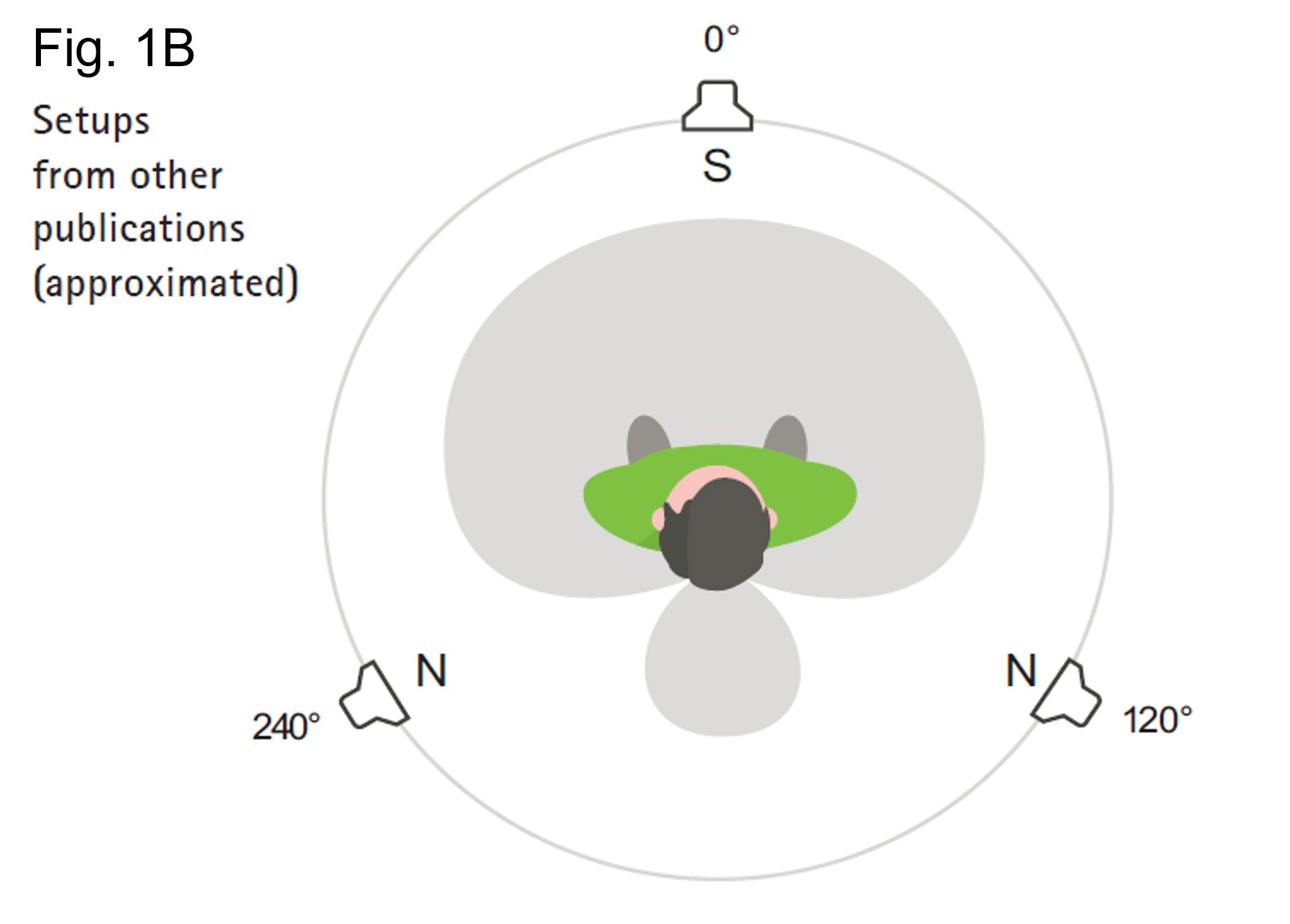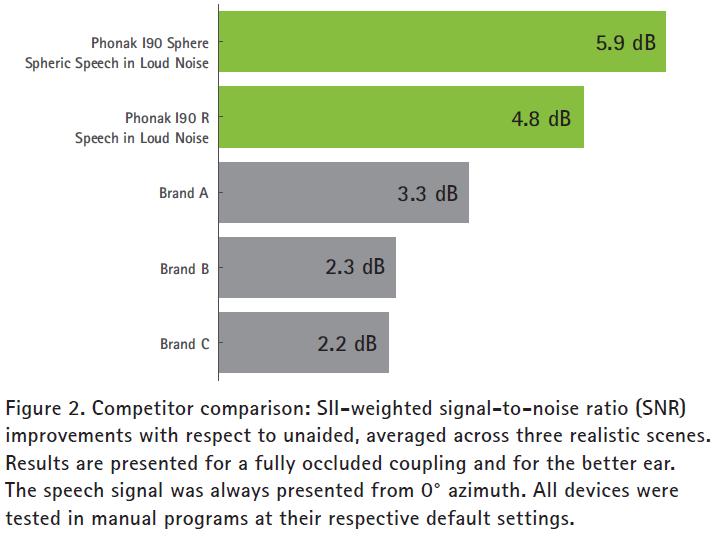Hearing Aid Performance Studies: Why the Details Matter
AudiologyOnline: Why are we talking about hearing aid performance studies? Aren’t they standardized?
Erika Porter, AuD: It’s reasonable to assume that this might be true, but the reality is that no formal industry standard exists, and manufacturers are free to design their own experiments. The result is that comparing studies and evidence can become a major game of apples to oranges.
AudiologyOnline: Can you give me an example?
Erika Porter, AuD: Sure! Think about sound setup. Having the same sound setup would make it easier to understand the results, right? But in reality, each study can use its own unique setup, and the results have to be taken within the context of that setup.
Phonak’s evidence labs are set up to demonstrate our commitment to reflecting realistic situations, because we want to provide you with evidence that is based on real-world scenarios that your patients are likely to encounter in their day-to-day lives. The chosen loudspeaker array in a study design is critical in relation to the study objective. Having noise coming from all around, including the direction of the speech (Fig. 1A) represents situations patients encounter in everyday life1.
In technical setups described in publications from two other manufacturers (Fig. 1B), we see that noise is located in the areas of maximum attenuation by the directional microphone. It may yield impressive results on paper, but overestimate the SNR benefit in a real-world environment.
It’s important to understand the setup when interpreting study results.


AudiologyOnline: But what about background noise? Surely background noise is background noise, right?
Erika Porter, AuD: That would simplify things, wouldn’t it? The truth is not all sound scene noise is the same, and some studies actually add white or pink noise in the lab when demonstrating noise management technology to enhance results. But you’re unlikely to find that kind of listening environment in the real world.
Phonak‘s Spheric Speech Clarity is a DNN-based signal processing feature that has been trained with over 22 million sound samples to separate speech from noise. This means Spheric Speech Clarity is able to effectively reduce complex types of background noise which conventional noise reduction algorithms cannot. To account for this, the benchmarking of Spheric Speech Clarity was conducted using realistic and publicly available noise scenes from the Ambisonic Recordings of Typical Environments (ARTE) database2. The ARTE database was specifically designed to provide realistic everyday scenes so that testing can be done with improved validity, standardization, and replication.
AudiologyOnline: When you used the realistic sound setup and background noise, what did you find? 
Erika Porter, AuD: We compared the SNR performance of the Spheric Speech in Loud noise program in the Phonak Audéo I90-Sphere with the Speech in loud noise program (with StereoZoom 2.0) in the Phonak Audéo I90-R and to three competitor premium hearing aids, with and without AI technology3.
Phonak Audéo I90-Sphere provides a staggering SNR improvement of 5.9dB in realistic noise scenes, followed by Phonak Audéo I90-R with an SNR improvement of 4.8 dB, outperforming the three competitor devices, who show only SNR measures between 2.2 and 3.3 dB (Fig. 2).
With Phonak’s commitment to unbiased, accurate testing you can be confident you are presenting your patients solutions with proven real-world benefit.
References
- Pruess, M., et. al (2024) “What is behind the numbers? Understanding how quality, robust evidence is achieved through realistic technical assessments.” Phonak Insight. https://phonak.com/evidence
- Weisser, A., Buchholz, J. M., Oreinos, C., Badajoz-Davila, J., Galloway, J., Beechey, T., & Keidser, G. (2019). The Ambisonic Recordings of Typical Environments (ARTE) database. Acta Acustica united with Acustica, 105, 4, 695-713.
- Raufer, S., Kohlhauer, P., Jehle, F., Kühnel, V., Preuss, M., Hobi, S. (2024). Spheric Speech Clarity proven to outperform three key competitors for clear speech in noise. Phonak Field Study News. https://www.phonak.com/evidence


